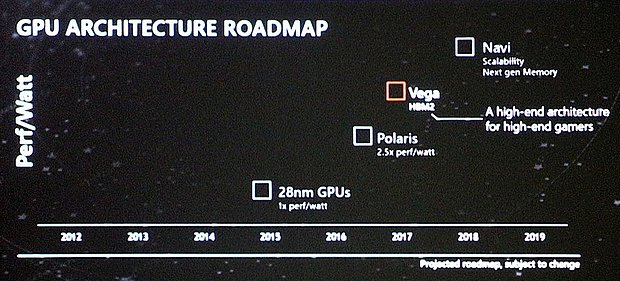By that logic OpenCL is also bad as it needs manual tuning to get maximum performance out of different architectures.

When was more control necessarily bad? We should've stuck to DX11 according to your logic.
When you a single queue or single problem where you have complete control over that is much easier to deal with than when you don't have control over the graphics pipeline. Isn't this easy to understand. I thought this is B3D not another hardware forum?
Look at it this way, doesn't matter what you do, if you want maximum performance out of any hardware you have to hand tune correct? What you do think back in the day ASM programming was all about, if you want to get that 10-20% extra you could do it because the compiler can't do it for you, as compiler got better the programmer didn't need to worry about it anymore or as much and the resources needed to get that last few extra % wasn't worth it.
Compute programming everything that is done is extremely similar when its broken down. But when you have compute and graphics they are quite different from each other. Things don't just go honky dory here it is its all one nice package. Doesn't happen that way.
By my logic, screw consoles lol go back to when PC was the top end and the consoles were the bottom feeders. The PC's have the horsepower to make consoles look like a second grader who just got his grapes stomped on..... but we haven't see the true potential of what PC cards can really do till years later.
Base utilization of hardware, use what you have before you make others spend resources on making things better for youself. Its a short term goal that never pans out. A band aid if you will to the true problem. And when your hardware even with it doesn't really help to make it any better over all as its specific to each game, you end up loosing more that way.
And this is why its only PR and marketing for AMD. Its easy to see through and its not going to garner marketshare. Use that time, energy, money, on making hardware that can compete without all the fancy, making developers jumps through hoops to get that extra when its not needed.
If you look at nV's DX11 performance, guess what all that performance that AMD didn't get, hurt AMD BADLY, was it the base architecture that created it? Yeah, and it wasn't something AMD could have missed as the problem was know for how long? And for AMD to know that before us, since its their hardware is even more likely. Just because they put their eggs in one basket, namely next gen API's, and to make a mess of things for dev's in the short term because of their short comings doesn't do anything for the industry as a whole. Its just the same attitude any company has when they are down, they need to do something to keep the stink off of them.
Look at what nV did with the FX series guess where their dev initiative came from, yep when they had bad hardware, they pushed devs to use "special" features and programs they created....... "special" is the correct term for short bus kid I think lol.
At the end it didn't help nV, cause ya have a dev here or there doing something, but as a whole, most dev teams just didn't care for it. And this is where you get Gameworks from, hopefully OpenGPU will follow suite but looking at AMD's initiatives and how they have failed in the past, just don't put hopes on it.


